A Moon Landing?
Anyone visiting my garden a few days ago might have thought they happened upon a moon landing or extraplanetary explorer. A two-legged creature was wandering around in bright blue pants and a bright blue, hooded jacket (actually, rain gear) with goggles and a respirator and 4 gallon tank strapped to its back. Periodically, an engine whine was accompanied by a cloud of mist (a jetpack)?
The creature was me and I was doing what was necessary to put myself on the road to a harvest of delicious apples (especially the variety Hudson’s Golden Gem) and plums (especially the variety Imperial Épineuse). I was dolled up for what looked like a moon landing because I was spraying pesticides on my
trees. In this part of the world, sad to say, that’s generally what’s necessary to get a decent — sometimes any — crop of apples or plums.
Some years I grow these fruits organically; some years I grow them, as some commercial growers say, ecologically or biologically. My organic approach is to spray a special formulation of kaolin clay, called ‘Surround’, and sulfur, a naturally occurring mineral. ‘Surround’ keeps insects at bay; sulfur does the same for some diseases. To be effective, ‘Surround’ must be maintained as a dust-like, white coating on the trees. This laid-back Mediterranean look to the trees necessitates a not very laid-back 3 sprays, before bloom, to build up a base layer, and followup sprays every week or following as little as 1/4 inch of rainfall. Even then, in my experience, control is marginal.
My ecological/biological approach is to spray the horrible sounding material, Imidan, with, again, sulfur. Imidan is a chemical pesticide, but one that has a relatively low toxicity both to humans and to beneficial insects. A perfect year would require only 2 to 3 sprays, the first right after petals drop and the others before mid-June. Re-spraying is usually not needed until after an inch of rainfall. Between rainfall washing off spray, sunlight degrading it, and dilution due to fruit growth,
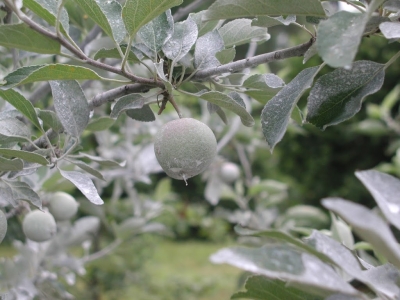 |
| ‘Surround’ on apples |
fruits are essentially squeaky clean by harvest time. (After the end of June, approaches other than sprays thwart remaining major pests.)
Back to my moon suit . . . The suit is necessary no matter what I spray. Getting doused with, or breathing, even something as benign as kaolin clay is not good.
And the jetpack? That’s my backpack sprayer. Spraying anything is no fun. Fortunately, except for the apples and the plums, spraying is almost never needed here on the farmden. Also fortunately, my sprayer makes easy work of the job. It’s a Stihl, gasoline-powered backpack sprayer that always starts right up, gives good coverage, and lets me, in less than a half an hour, mix the spray, apply it to about 2 dozen trees, and thoroughly clean it.
———————————————-
Spraying pesticides, organic or otherwise, is not the only approach to keeping plants healthy. Any insect or disease problem can gain a toehold only when there’s a plant susceptible to the problem, an organism that can cause the problem, and a suitable environment in which the problem can develop. So, I beef up my plants’ defenses by paying special attention to the soil, making sure drainage is perfect, and by applying
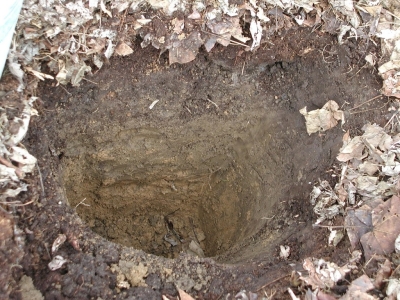 |
| Good soil, organic matter added from the top down |
mulches of compost, wood chips, hay, and other organic materials. The mulches feed the plants as well as worms, fungi, and other “good guys” in the soil. Above ground, pruning lets branches bathe in sunlight and air, both of which make for better fruit and conditions less conducive to insect and disease problems. If my plants are thirsty, they get water.
What I do not do to make my plants healthy is apply compost tea, biochar, or any other potions, or, along the same lines, click my heels together three times and repeat, “There’ll be no pest problems.”
For apples and plums in this part of the world, all three requirements for pest problems — pest presence, susceptible host plant, and environment suitable for the problem to develop — are generally fulfilled. Hence, the necessity of sprays. Still, using a minimum of carefully selected sprays and needing to “ship” my fruit no more than 200 feet from the trees to my mouth (or kitchen) makes for a minimum affront to the environment.
People too often equate “fruit growing” with growing apples. That should not be the case because there are plenty of other fruits, and plenty of them can be grown with hardly a thought to pest control. Pears, for instance. I have about 20 pear trees; none require spraying. The same could be said for blueberries, raspberries, persimmons, cornelian cherries, blackberries, pawpaws, hardy kiwifruits, gooseberries, currants . . . I could go on. In some cases, such as grapes, choosing a disease-resistant variety is the way to avoid having to spray.
As I emphasize in my recent book, Grow Fruit Naturally, choosing plants adapted to your site is a very important part of growing fruit naturally, as is providing optimum growing conditions.
——————————————-

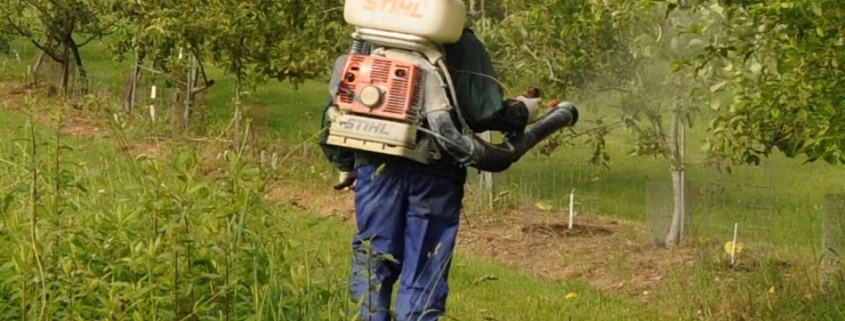
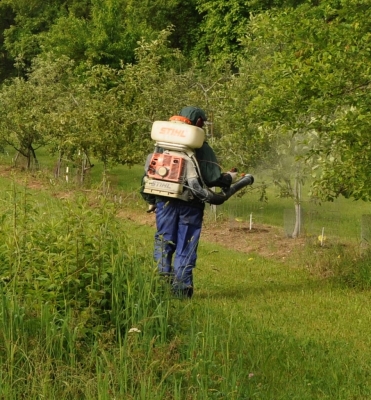
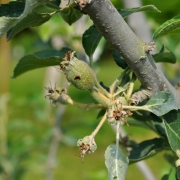
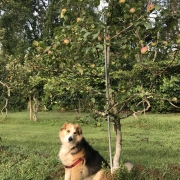
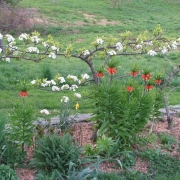



Curious why you imply biochar is a “potion.” Seems that there is some good research indicating its value, for example, this Cornell site.
Yes, some research shows some value to biochar, but I think the benefits are overblown. Please see my March 1, 2012 or December 14, 2012 blog posts for more specifics about why this may be so. I’d be interested in your thoughts on those past posts.